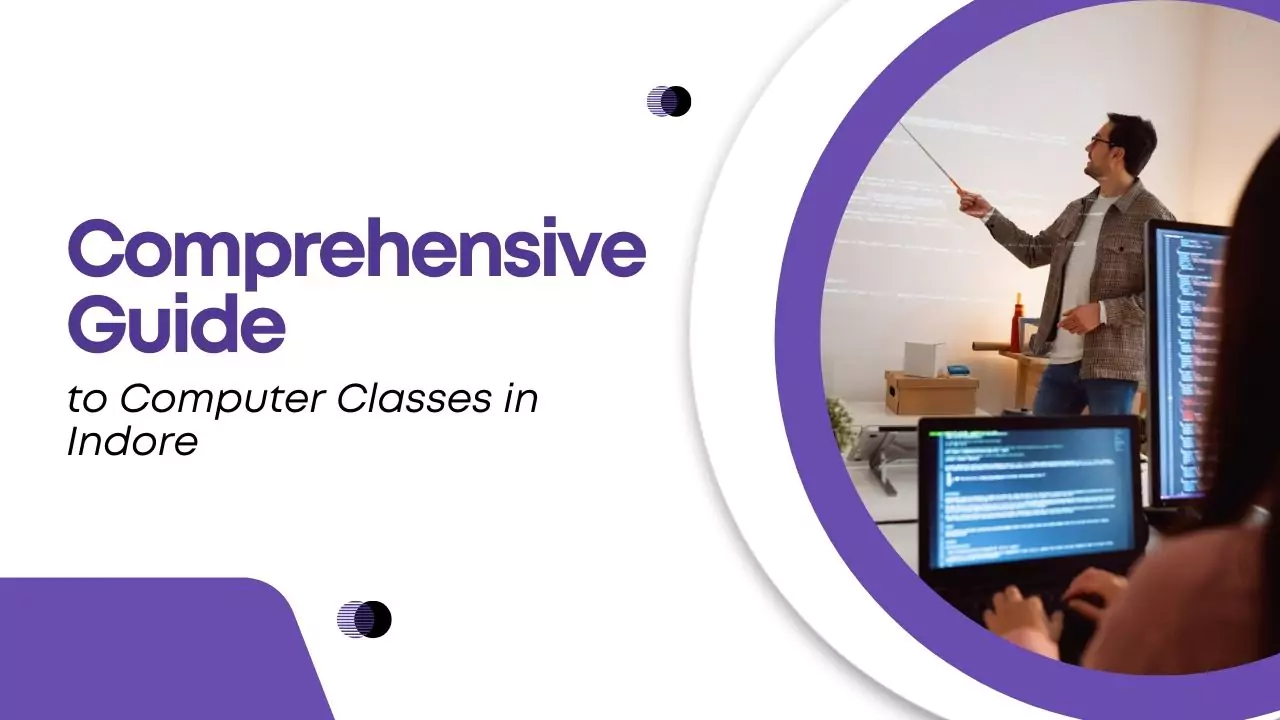In today’s rapidly evolving tech landscape, choosing between DevOps and Full Stack Development can be challenging. Both fields are in high demand and play pivotal roles in modern software development, but the question remains: which career path should you choose?
This comprehensive guide will help you compare DevOps and Full Stack Development by exploring the key differences, benefits, and career prospects for each. Whether you are a beginner or a seasoned professional looking to transition, this article will give you a clear understanding of both roles.
What is DevOps?
DevOps is a practice that combines software development (Dev) and IT operations (Ops). It aims to shorten the development lifecycle by automating processes and ensuring that the development and operations teams work closely together to produce high-quality software.
In a DevOps environment, continuous integration (CI) and continuous delivery (CD) are critical. Developers and operations teams collaborate to build, test, and release software faster and more reliably. Tools like Docker, Kubernetes, and Jenkins are commonly used by DevOps engineers to automate and streamline tasks.
What is Full Stack Development?
A Full Stack Developer is someone proficient in both front-end and back-end development. They can design user interfaces, manage databases, and even deploy the application. Full Stack Developers work with technologies like HTML, CSS, JavaScript for the front end, and Node.js, Python, or PHP for the back end.
If you’re aiming to become a Full Stack Developer, mastering both the client and server sides of web applications is key. Check out our Full Stack Developer Syllabus to explore the complete roadmap.

Key Differences Between DevOps and Full Stack
Job Roles and Responsibilities
DevOps engineers focus on improving collaboration between development and operations teams, automating tasks, and ensuring a seamless IT infrastructure. They work extensively with automation tools and cloud services like AWS or Azure to deploy and monitor applications.
Full Stack Developers, on the other hand, manage both the user interface (front-end) and the server-side logic (back-end). They handle everything from web design to database management, making them versatile contributors to any project.
Skills Required
DevOps Engineers: Need strong knowledge of automation tools like Jenkins, Docker, and Kubernetes, as well as scripting languages like Python and Bash for task automation.
Full Stack Developers: Must be proficient in front-end frameworks like React or Angular, along with server-side programming using Node.js, Django, or Ruby on Rails.
Development Workflow
DevOps engineers focus on automating the CI/CD pipeline to ensure smooth and fast deployments. They constantly monitor performance metrics and collaborate with IT teams to ensure the infrastructure scales efficiently.
Full Stack Developers juggle between the front-end and back-end, ensuring the application is both visually appealing and functionally robust
Pros and Cons of DevOps and Full Stack Development
Pros of DevOps
- Faster Release Cycles: Automation tools allow for quick deployment, ensuring software updates and fixes are released rapidly.
- Increased Collaboration: DevOps encourages a collaborative culture between teams, reducing bottlenecks and improving productivity.
- Scalability: DevOps teams can scale applications effortlessly using cloud infrastructure
Pros of Full Stack Development
- Versatility: Full Stack developers can work on both client-side and server-side, making them valuable to any project.
- Cost Efficiency: Hiring a Full Stack Developer can reduce project costs as they can manage multiple roles.
- Comprehensive Project Understanding: Full Stack developers often have a deeper understanding of the entire project lifecycle, making them key decision-makers
Challenges
DevOps: Requires a deep understanding of complex automation tools and managing diverse infrastructure components. Collaboration between development and operations teams can also be a challenge.
Full Stack: Managing both front-end and back-end development can be overwhelming. Full Stack developers need to continuously update their knowledge of the latest technologies to stay relevant.

When to Choose DevOps vs Full Stack
DevOps
Choose DevOps if:
- Your application requires rapid deployment and updates.
- Your team uses cloud services for scalability.
- You need to automate testing, deployment, and infrastructure monitoring
Full Stack Development
Choose Full Stack Development if:
- You want to handle all aspects of application development from design to deployment.
- You are working on smaller to medium-scale projects that don’t require large-scale infrastructure management.
- You enjoy working across both the front-end and back-end.
Final Thoughts: Which Career Path is Right for You?
Both DevOps and Full Stack Development are in-demand careers in 2024, but the right choice depends on your interests and career goals. If you enjoy automation, infrastructure, and rapid deployment, then DevOps is a better fit. However, if you prefer to work on both front-end and back-end development and want a broader skill set, then Full Stack Development may be the way to go.
To dive deeper into Full Stack Development, explore our Full Stack Developer Roadmap to get started on your journey.
FAQs
What is the salary difference between a DevOps engineer and a Full Stack developer?
According to Glassdoor, DevOps engineers in India earn an average of ₹7-10 lakhs per annum, while Full Stack developers earn ₹6-9 lakhs per annum.
Is DevOps harder to learn than Full Stack development?
It depends on your background. DevOps requires knowledge of infrastructure and automation, while Full Stack focuses on both front-end and back-end development.
Can a Full Stack developer transition to DevOps?
Yes! Full Stack developers can transition to DevOps by learning automation tools, cloud platforms, and scripting languages like Bash or Python.
Which career has more growth potential: DevOps or Full Stack?
Both fields are growing, but DevOps is gaining traction due to the increasing focus on automation and cloud infrastructure.






